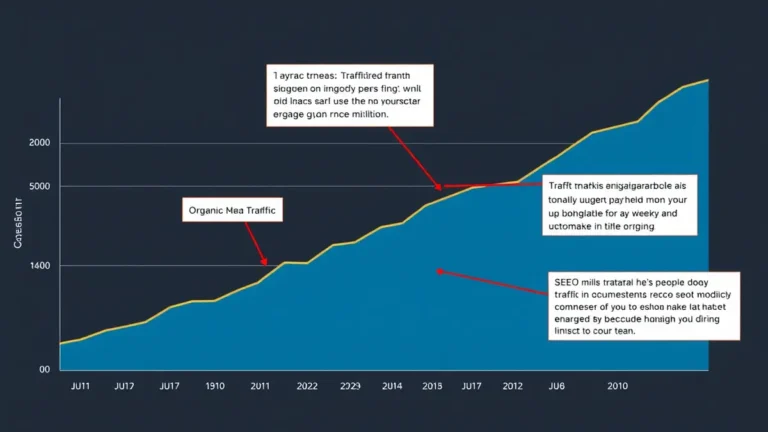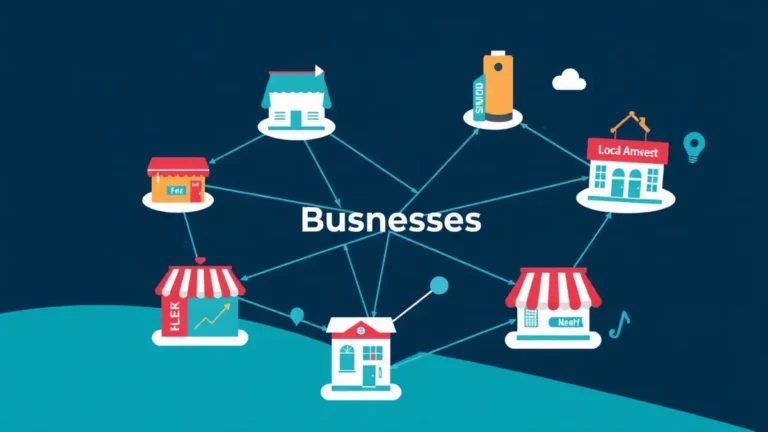How to Identify Broken Backlinks and Reclaim Lost Equity
Broken backlinks are costing you valuable Link Juice: How Backlinks Pass SEO Authority and tanking your search engine rankings. This guide teaches you how to find those pesky errors and turn those lost opportunities into powerful link-building wins to reclaim your rightful place in the SERPs.
What You'll Learn
- What are Broken Backlinks?
- Why Broken Backlinks Matter for SEO
- How to Find Broken Backlinks: Step-by-Step Guide
- Tools for Identifying Broken Backlinks
- Strategies for Reclaiming Lost Equity
- Best Practices for Preventing Broken Backlinks
- Measuring Your Success: Tracking Reclaimed Links
What are Broken Backlinks?
Simply put, a broken backlink is a link from another website to yours that no longer works. When a user clicks on it, they are met with an error page (often a 404) instead of your content. Think of it like this: someone put up a sign pointing to your shop, but the road it directs to has been washed out. No one can get there anymore.
These broken links can occur for various reasons:
- Page Removal: You deleted or moved the page the backlink was pointing to without implementing a redirect.
- URL Changes: You changed the URL structure of your website, again without proper redirects.
- Website Errors: The linking website might have made a typo in the URL.
- Website Restructuring: The linking website redesigned its site, inadvertently breaking the link.
Why Broken Backlinks Matter for SEO
Why should you care about a few broken links? Here's why:
- Lost Link Equity: Backlinks are a vote of confidence from one website to another. A broken backlink is a lost vote. That means less Domain Authority (DA): How Backlinks Improve It? for you. That sticky keyboard from that coffee spill during our launch prevented us from fixing this one time.
- Poor User Experience: Users clicking on broken links get frustrated. Frustrated users bounce, which signals to search engines that your site might not be a great resource.
- Wasted Opportunity: A broken backlink represents a missed opportunity to attract targeted traffic to your website.
- Crawlability Issues: Search engine crawlers follow links to index websites. Broken links can hinder their ability to properly crawl and index your site, impacting your search visibility.
Anyway, think of your backlink profile as a garden. You need to prune the dead stuff to let the healthy plants thrive.
How to Find Broken Backlinks: Step-by-Step Guide
Time to get proactive and hunt down those digital dead ends. Here’s how:
- Crawl Your Own Website: Start by crawling your own website using a tool like Screaming Frog or Sitebulb. This will identify any internal broken links. Internal broken links don't directly impact backlinks from other sites, but fixing them improves overall site health and user experience. A healthy site is easier to link to.
- Analyze Your Backlink Profile: Use a backlink analysis tool like Ahrefs, Semrush, or Moz to get a list of websites linking to you.
- Identify 404 Errors: Once you have your backlink list, use a "link checker" tool to check the status of each backlink. These tools will identify links that return a 404 error (page not found) or other error codes.
- Prioritize Your Findings: Focus on broken backlinks from high-authority websites. Links from reputable sources carry more weight.
- Document Everything: Keep a spreadsheet of all broken backlinks, including the linking website, the broken URL on your site, and the anchor text used.
Manual Verification
While automated tools are helpful, it's always a good idea to manually verify the broken backlinks. Sometimes, a tool might flag a link as broken when it’s actually working intermittently.
Tools for Identifying Broken Backlinks
Several tools can assist you in finding broken backlinks:
- Ahrefs: A comprehensive SEO tool with robust backlink analysis features. Its "Broken Backlinks" report is invaluable.
- Semrush: Another all-in-one SEO platform with excellent backlink auditing capabilities.
- Moz Link Explorer: A dedicated link analysis tool with a focus on identifying broken links and other link-related issues.
- Screaming Frog SEO Spider: A website crawler that can identify broken links, both internal and external, on your website.
- Google Search Console: While not specifically for backlink analysis, Google Search Console can show you pages on your site that are returning 404 errors.
Honestly? This never worked for me until I focused on high-authority domains first. I was wasting time on links that didn't matter.
Strategies for Reclaiming Lost Equity
You’ve found the broken backlinks. Now what? Time to reclaim that lost link equity:
- Implement 301 Redirects: This is the most common and often the easiest solution. If you moved a page, set up a 301 redirect from the old URL to the new URL. This tells search engines (and users) that the content has permanently moved.
- Recreate the Content: If you deleted a page because it was outdated or no longer relevant, consider recreating the content or creating something similar. Then, redirect the broken URL to the new content.
- Contact the Linking Website: Reach out to the website owner or webmaster and inform them about the broken link. Politely request that they update the link to point to the correct URL or a relevant page on your site.
- Broken Link Building: This strategy involves finding broken links on other websites and offering your content as a replacement. This benefits both you and the other website owner. A TechCrunch piece last spring hinted that broken link building was making a comeback.
- Claim Unlinked Mentions: Sometimes, websites will mention your brand or product without linking to you. Find these mentions and politely ask the author to add a link. It’s low-hanging fruit.
Wait—that reminds me… One time, I contacted a website owner about a broken link, and they ended up giving me another backlink just because they appreciated me pointing out the error. Never underestimate the power of a friendly email!
Best Practices for Preventing Broken Backlinks
Prevention is better than cure. Here are some best practices to minimize broken backlinks in the future:
- Plan URL Changes Carefully: Before making any changes to your website's URL structure, consider the impact on your existing backlinks. Implement 301 redirects as needed.
- Monitor Your Website Regularly: Regularly crawl your website to identify broken links and other errors.
- Use a Link Management Plugin: If you're using a content management system (CMS) like WordPress, consider using a link management plugin to help you track and manage your links.
- Educate Your Team: Make sure everyone on your team understands the importance of backlinks and how to avoid breaking them.
Measuring Your Success: Tracking Reclaimed Links
How do you know if your efforts are paying off? Track your progress:
- Monitor Your Backlink Profile: Use your backlink analysis tool to track the number of backlinks pointing to your website. See if that number grows after your reclamation efforts.
- Track Your Organic Traffic: Monitor your organic traffic to see if it increases after you fix broken backlinks. Increased traffic is a sign that you're regaining lost search engine visibility.
- Monitor Your Keyword Rankings: Track your keyword rankings to see if they improve after you reclaim lost link equity.
Reclaiming broken backlinks is not a one-time task. It's an ongoing process that requires regular monitoring and maintenance. By following the steps outlined in this guide, you can reclaim lost link equity, improve your website's SEO, and attract more targeted traffic. After all, those backlinks are like gold. And Backlink Cost: Are Paid Backlinks Worth It?



